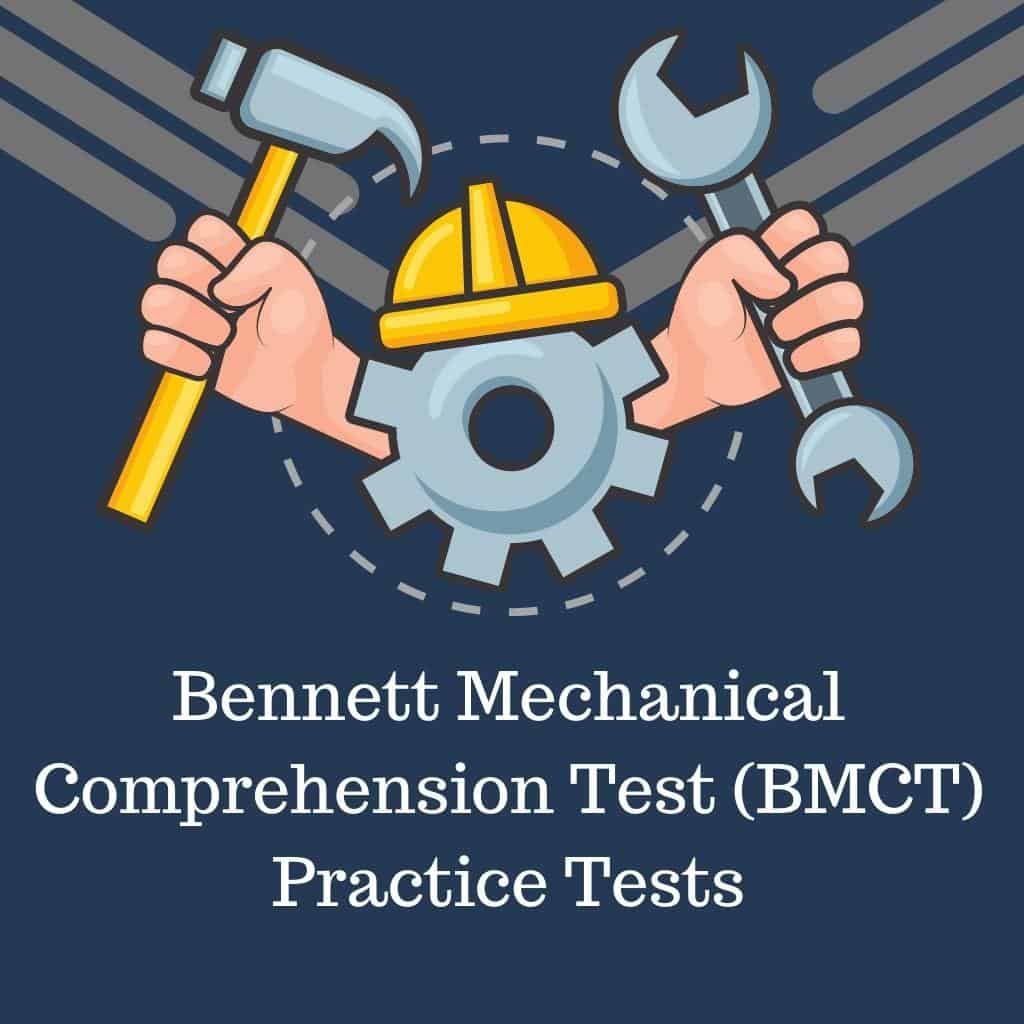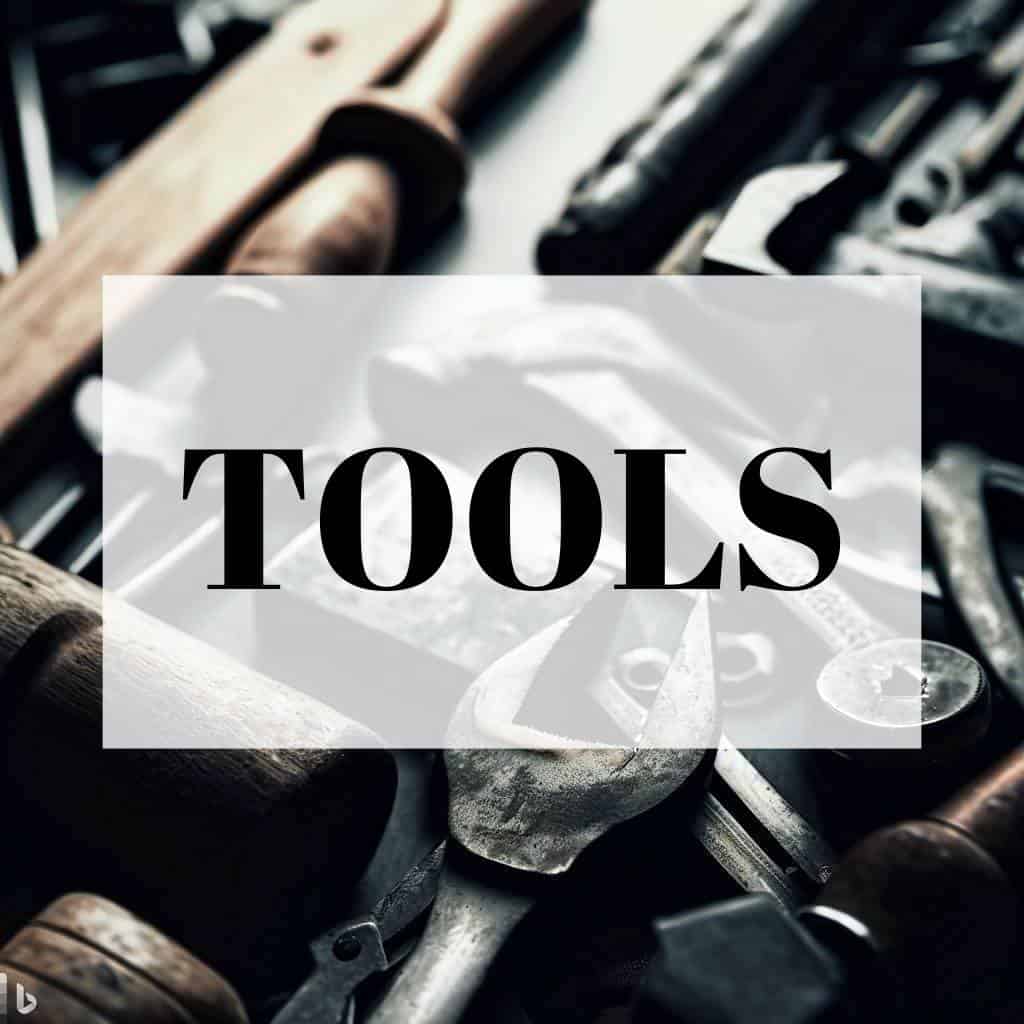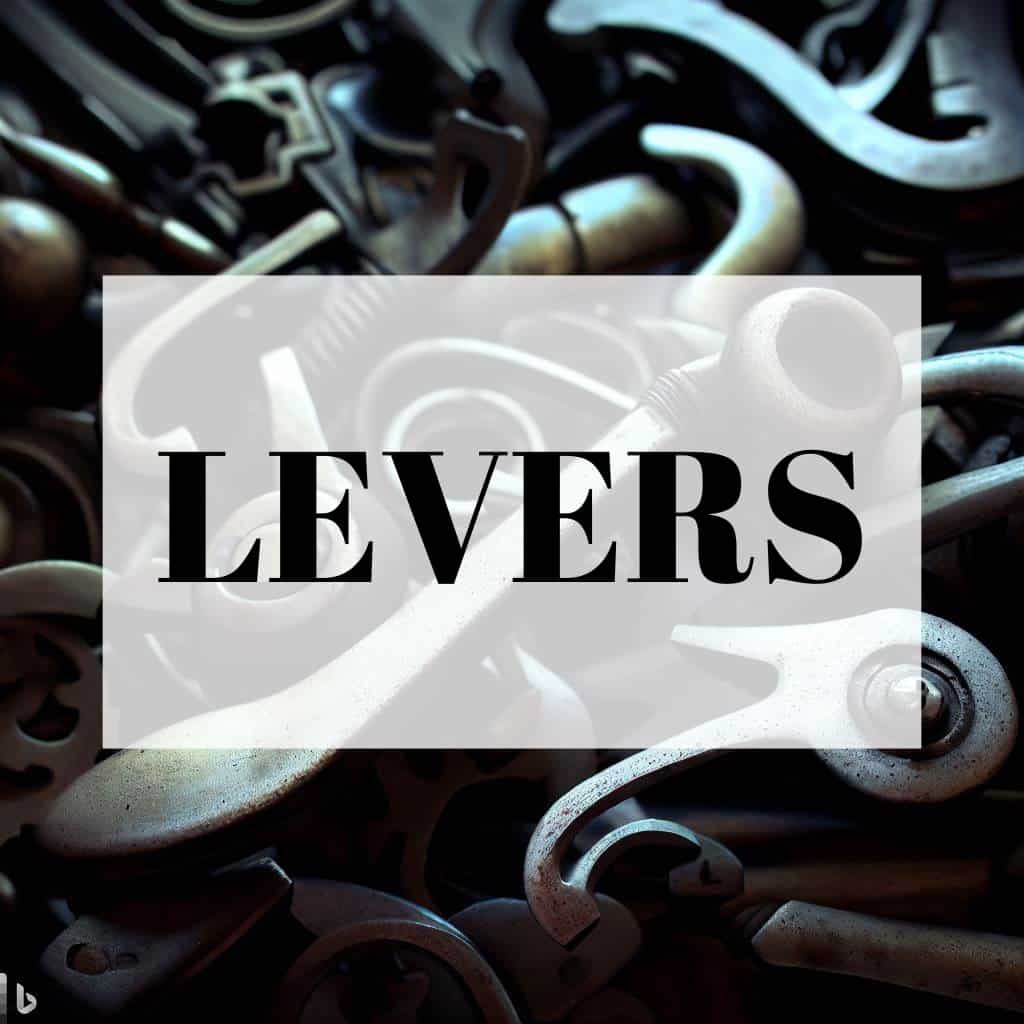Ace the Mechanical Aptitude Test!
In today's highly competitive job market, scoring well on a mechanical aptitude test can be the key to landing your dream job. Mechanical aptitude tests measure your ability to understand and apply mechanical principles and concepts. We will discuss everything you need to know about mechanical aptitude tests, from their purpose and types to essential tips and strategies for achieving a top score.
What is a Mechanical Aptitude Test?
A Mechanical Aptitude Test is a type of standardized assessment designed to evaluate a candidate's ability to understand and apply fundamental mechanical principles, concepts, and problem-solving skills. These tests are commonly used by employers in various industries, including engineering, military, aviation, and technical trades, to identify candidates with the necessary aptitude for jobs involving the operation, maintenance, and troubleshooting of mechanical systems and equipment.
The Mechanical Aptitude Test can be divided into more specific categories. Here's a break down...
Don't know where to start?
Check out our ultimate guide on the mechanical aptitude test!
How to Pass these Mechanical Aptitude Tests
Listed below are some the types of tests you might encounter...
April 11, 2023
0 Comments
April 10, 2023
0 Comments
April 9, 2023
0 Comments
April 6, 2023
0 Comments
April 5, 2023
0 Comments
April 5, 2023
0 Comments
April 5, 2023
0 Comments
Practice Mechanical Aptitude Tests
Try some of our practice tests...
To view all Mechanical Aptitude Tests, click here!
Learn More About...










